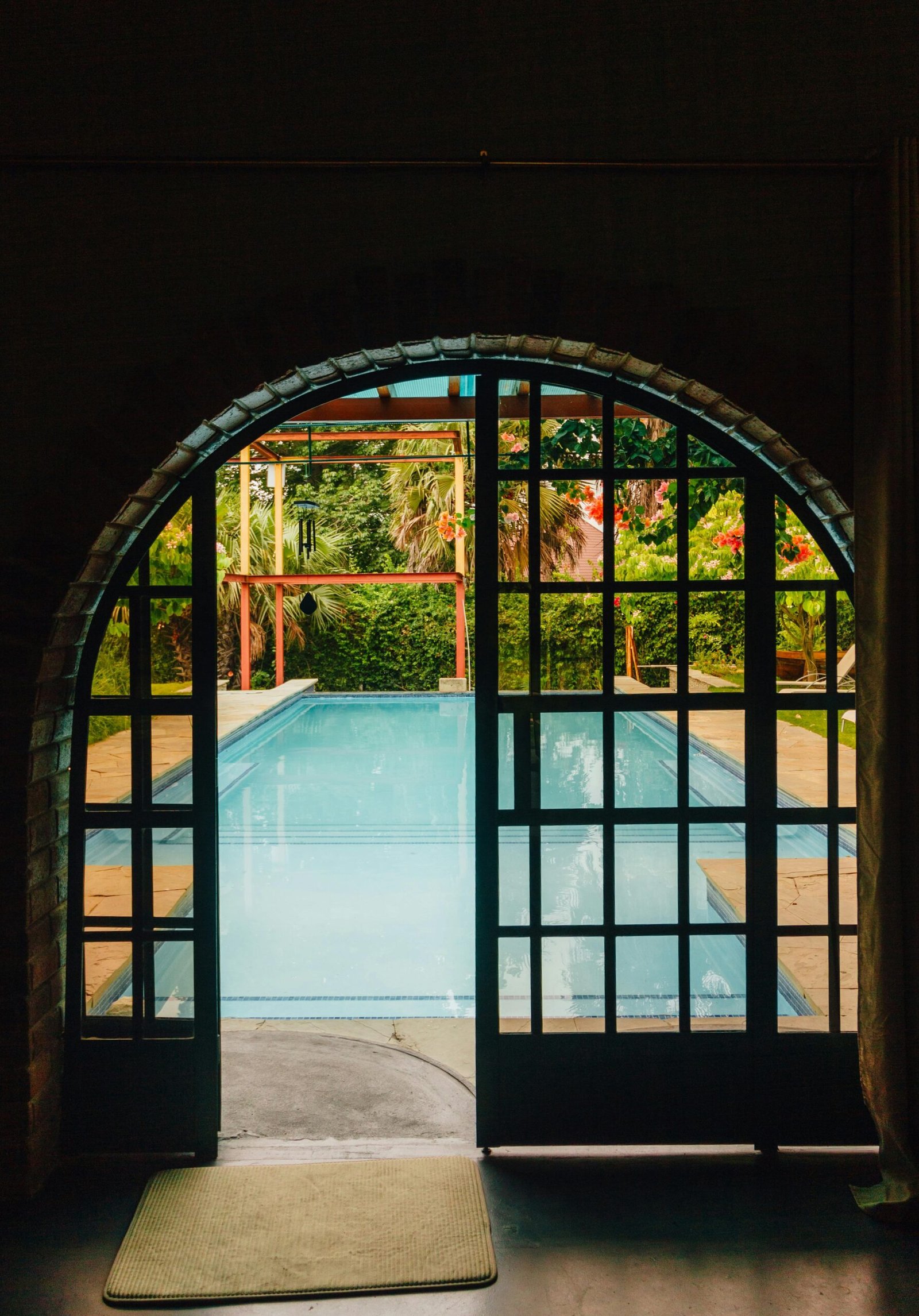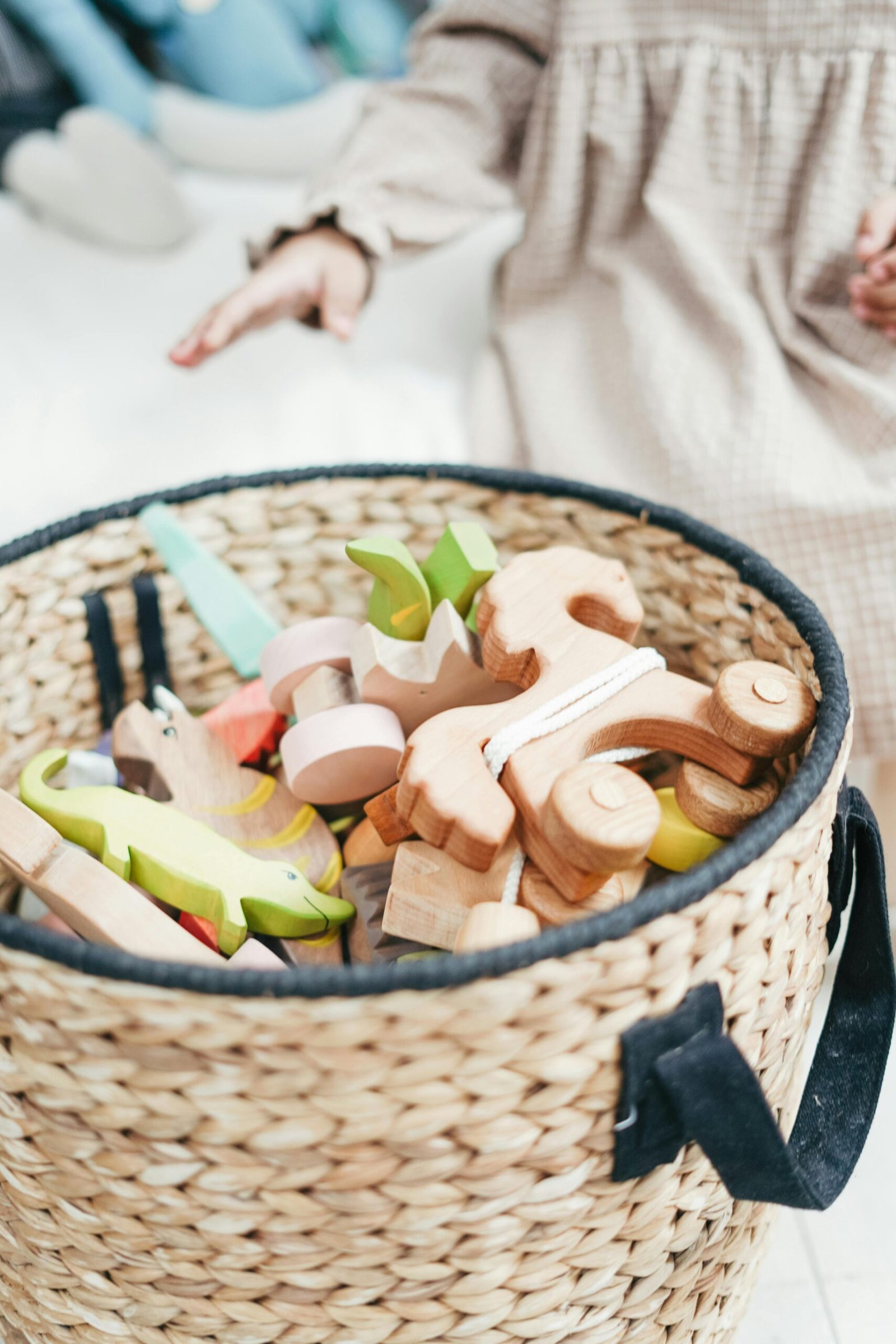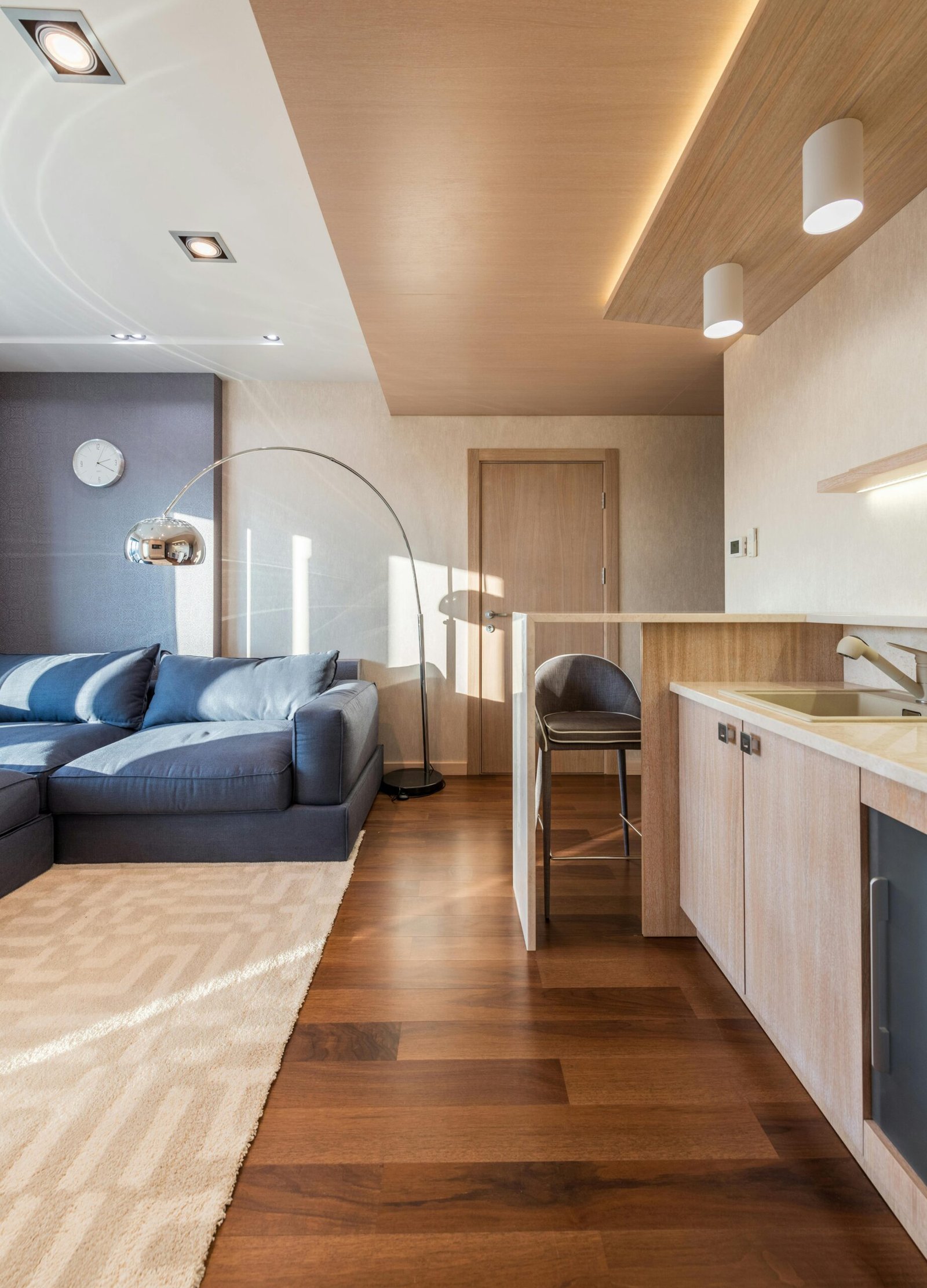There’s something undeniably captivating about the charm of vintage style. From the art deco elegance of the 1920s to the groovy vibes of the 1970s, vintage design has a timeless appeal. However, the challenge for many homeowners is figuring out how to incorporate those nostalgic elements into modern spaces without making it feel like a museum exhibit.
Enter retro chic—a design style that brings together the best of both worlds: the quirky, nostalgic elements of vintage and the sleek, minimalist aesthetics of modern design. It’s all about blending old-school charm with contemporary functionality, creating spaces that feel fresh yet have a distinct sense of character.
In this guide, we’ll explore how you can create a retro chic look in your own home, with a focus on the key elements that make it work seamlessly.
1. What Is Retro Chic Design?
Retro chic is all about reimagining the past within the context of modern life. It’s about finding ways to blend the old with the new, pairing vintage furniture, colors, and patterns with the clean lines and open spaces typical of modern design. The result is a space that feels lived-in, unique, and full of character, yet doesn’t sacrifice the convenience and style of contemporary interiors.
This design style is perfect for those who appreciate history and nostalgia but still want a home that feels functional and up-to-date. Think of it as giving your home a cool, curated look that feels effortlessly stylish.
2. Key Elements of Retro Chic Design
To pull off retro chic, you’ll need to incorporate certain elements that evoke a sense of nostalgia while balancing them with modern sensibilities. Here are some key ingredients:
Bold Patterns and Prints
Vintage-inspired patterns like chevron, houndstooth, or geometric shapes can be used for everything from upholstery to rugs. These bold prints add personality to any room without overwhelming the space, especially when paired with minimalist modern furnishings.
Vibrant Colors
Retro design is famous for its playful, bold colors. Think mustard yellows, teal blues, vibrant oranges, and warm browns. However, in modern retro chic, these colors are often tempered with neutral tones like whites, grays, and blacks to prevent them from feeling too overpowering.
Mid-Century Modern Furniture
The mid-century modern style, with its clean lines, functional designs, and minimalist approach, is a staple of retro chic. Look for iconic furniture pieces like Eames chairs, low-profile sofas, and streamlined sideboards that can provide a modern framework for vintage accessories.
Vintage Lighting
Lighting is one of the easiest ways to add vintage charm to any room. Look for retro-inspired fixtures like sputnik chandeliers, arc floor lamps, or industrial-style pendant lights. These fixtures add character without clashing with the sleek elements of modern design.
Natural Materials
Wood, leather, and stone were key materials in mid-century design and still hold a strong place in retro chic interiors. Wood paneling, leather chairs, and stone countertops blend effortlessly with modern accents like glass and metal, providing balance and warmth to the space.
3. Where to Incorporate Retro Chic in Your Home
Retro chic isn’t confined to just one room. From the kitchen to the living room, every part of your home can benefit from a touch of vintage flair. Here’s how to bring retro chic into different spaces.
Living Room: A Blend of Comfort and Style
The living room is the perfect space to experiment with retro chic. Start by selecting a bold, vintage-inspired rug with geometric or floral patterns. Pair it with a sleek, modern sofa in a neutral color, and add a few statement pieces like a mid-century coffee table or a 1970s-style armchair.
To complete the look, add a retro lamp, such as a vintage arc floor lamp or a sputnik chandelier, and use cushions with funky prints or colors that nod to retro design. These small touches bring a sense of warmth, playfulness, and history to your modern living room.
Kitchen: Vintage Meets Contemporary
Kitchens are often overlooked when it comes to retro chic, but incorporating vintage elements here can create a nostalgic, fun vibe. Consider appliances with a retro look, like an Smeg fridge in pastel blue or a retro-style stove.
Add some colorful accents like a set of vintage-inspired canisters or a checkerboard floor pattern. You can also use bold tiles, like subway tiles in unusual colors, to create a mid-century modern feel without losing the functionality and clean lines of a contemporary kitchen.
Bedroom: Relaxed and Retro
The bedroom is a space where comfort is key, and incorporating retro chic design can create a warm, inviting atmosphere. A vintage-inspired quilt or duvet cover with a bold pattern, like florals or stripes, can become the focal point of your bed.
Pair the bedding with a modern, streamlined bed frame—perhaps in sleek metal or minimalist wood. To complete the room, look for vintage-inspired lighting, such as a funky bedside table lamp, or a retro pendant light for overhead illumination. A colorful retro throw rug can add warmth and texture to the space.
Home Office: Creativity with a Vintage Twist
For a home office, mix modern ergonomic furniture with quirky vintage details. A sleek, mid-century modern desk with clean lines can pair perfectly with an antique typewriter or a vintage desk lamp. You could also display a collection of vintage books, posters, or photographs to give the space a sense of personality.
Bathroom: Nostalgia Meets Minimalism
The bathroom is a fun place to experiment with retro chic design. Vintage-inspired tile, such as black-and-white checkered floors or colorful subway tiles, can create a nostalgic atmosphere. Pair these tiles with modern fixtures like a sleek, contemporary sink and a minimalist mirror to keep the space feeling fresh.
You can add vintage accessories like old-fashioned soap dishes, glass containers, or a retro shower curtain to complete the look. A few retro touches can elevate a simple, modern bathroom into a space full of personality.
4. Finding the Right Balance
One of the keys to successful retro chic design is balance. While it’s tempting to go all-in with vintage pieces, it’s important not to overdo it. Too many retro elements can make a space feel like a time capsule rather than a stylish, contemporary home.
The key is to mix and match. Use modern, minimalist furniture as the foundation of the room, and then layer in vintage-inspired accessories and decor. This way, you’ll create a space that feels fresh and modern but still has a rich, nostalgic feel.
For example, pair a modern, neutral-toned sofa with a few vintage throw pillows in bold, retro prints. Or mix a minimalist coffee table with a vintage-inspired floor lamp to create a juxtaposition of old and new. The goal is to blend the two styles in a way that feels cohesive and intentional.
5. Budget-Friendly Tips for Incorporating Retro Chic
You don’t need a hefty budget to achieve a retro chic look. Here are some budget-friendly ways to incorporate vintage elements into your home:
- Thrift Stores and Flea Markets: Vintage furniture, lamps, and decor can often be found at thrift stores or flea markets for a fraction of the cost of brand-new pieces.
- DIY Projects: If you’re crafty, consider repurposing old furniture to fit your retro chic vision. A coat of paint or a new set of legs on an old dresser can completely transform it into a mid-century modern piece.
- Replicas and Knock-offs: If true vintage items are out of your price range, many brands now offer replicas of iconic retro furniture pieces. These often come at a more affordable price while still capturing the spirit of the original design.
6. Retro Chic and Sustainability
One of the great things about retro chic design is its connection to sustainability. Many vintage items are made with high-quality materials that last longer than some modern mass-produced alternatives. By incorporating secondhand furniture, lighting, and accessories, you’re not only creating a one-of-a-kind space, but you’re also making a sustainable choice that helps reduce waste.
Moreover, many of the design principles of mid-century modernism were based on the idea of “less is more”—focusing on functionality, durability, and simplicity. This ethos aligns perfectly with modern values of minimalism and sustainability, making retro chic design an eco-friendly choice for today’s homeowners.
7. Conclusion: Embrace the Charm of Retro Chic
Retro chic is the perfect way to combine nostalgia with modern design, creating spaces that feel both timeless and fresh. By mixing vintage-inspired pieces with contemporary furniture, patterns, and colors, you can create a home that tells a story, reflects your personality, and stands the test of time.
Whether you’re incorporating a few retro touches or going all-in with a fully vintage-inspired room, there’s no wrong way to embrace this style. Retro chic isn’t just about the past—it’s about bringing the best of vintage design into the future, and making your home a more stylish and comfortable place to live.
FAQs
1. How do I mix vintage and modern furniture?
Start with modern, minimalist furniture as the base, and then add vintage-inspired pieces like a retro armchair or an antique lamp. Keep the balance by choosing one or two standout vintage items and letting them complement, rather than overwhelm, the modern pieces.
2. What are some easy retro elements to add to my home?
Simple elements like vintage artwork, throw pillows with bold patterns, or a retro clock can instantly add a touch of nostalgia without overwhelming your space.
3. Can retro chic work in small spaces?
Absolutely! In small spaces, focus on incorporating smaller vintage accessories, such as a unique lamp, a colorful rug, or vintage wall art. You can also go for multifunctional furniture that combines both modern functionality and retro aesthetics.
4. How do I ensure my retro chic design doesn’t feel cluttered?
Keep the space clean and minimalist by balancing the amount of vintage decor with modern furniture. Avoid overcrowding with too many old-fashioned items. Focus on quality, not quantity, when it comes to retro pieces.
5. Are there specific colors I should use in retro chic design?
Bold colors like mustard yellow, teal blue, orange, and brown are classic retro hues. However, you can tone them down by pairing them with neutral colors like white, gray, or black to avoid overwhelming the space.




